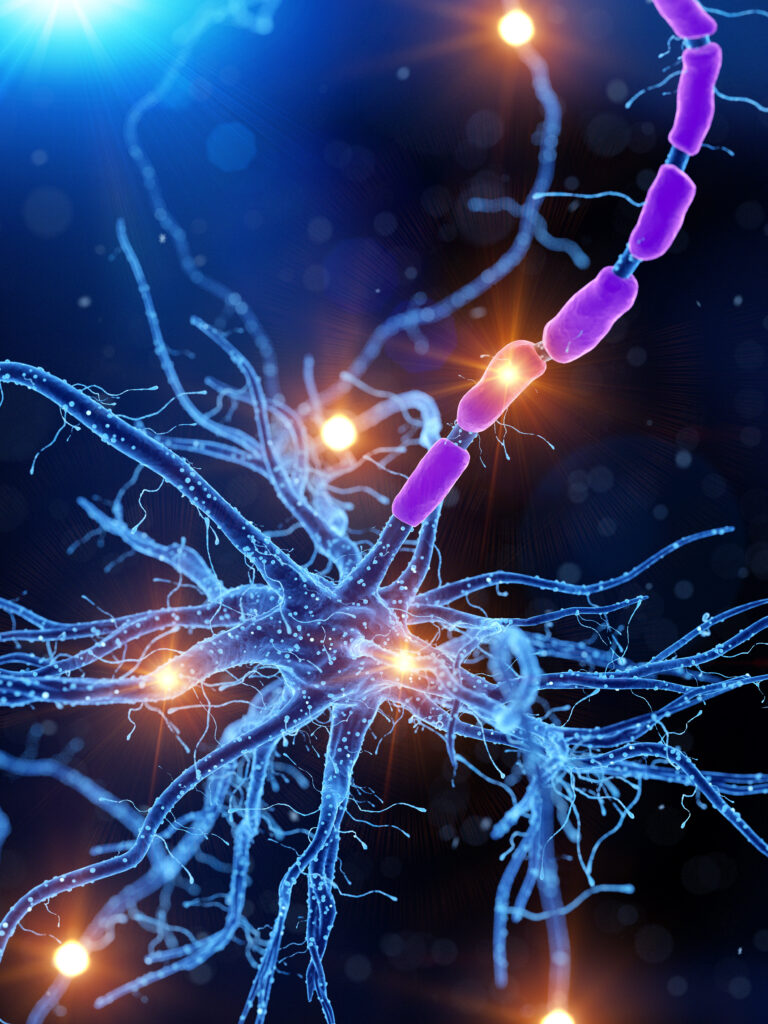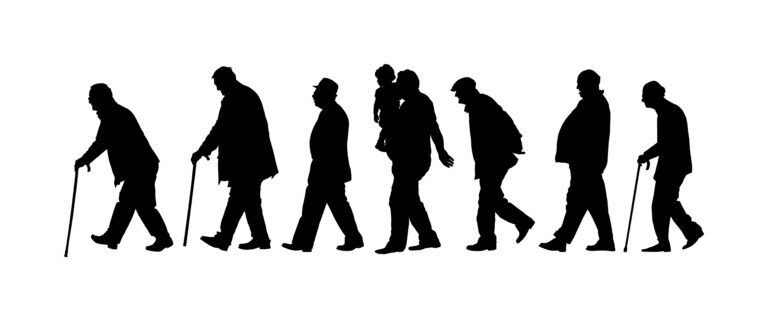CTE syndrome, also known as Chronic Traumatic Encephalopathy, is a degenerative brain disease that is caused by repeated head traumas. This condition has been making headlines in recent years, especially in the world of professional sports, as it has been linked to the concussions and head injuries suffered by athletes.
But what exactly is CTE syndrome? How does it affect the brain? And who is at risk? Let’s dive deeper into this condition and learn more about its symptoms, causes, and potential treatments.
What is CTE syndrome?
CTE syndrome is a progressive degenerative brain disease that is caused by repetitive head impacts. It is similar to other neurodegenerative diseases such as Alzheimer’s and Parkinson’s, but it is unique in that it is caused by trauma rather than genetics or age.
The condition was first described in 1928 by Dr. Harrison Martland, who noticed a group of boxers experiencing neurological symptoms such as tremors, memory loss, and changes in behavior. He called this condition “punch drunk syndrome.” However, it wasn’t until 2005 that CTE was officially recognized as a distinct clinical disorder.
How does it affect the brain?
CTE syndrome occurs when repeated blows to the head cause a buildup of an abnormal protein called tau in the brain. This protein forms clumps called neurofibrillary tangles, which can damage brain cells and disrupt communication between them.
As the disease progresses, the tau protein spreads throughout the brain, causing widespread damage. This can lead to a variety of symptoms, including memory loss, confusion, difficulty with balance and coordination, changes in behavior and mood, and speech and motor impairments.
Who is at risk?
While anyone can develop CTE syndrome, it is most commonly found in individuals who have experienced repetitive head traumas. This includes athletes in contact sports such as football, boxing, hockey, and soccer, as well as military personnel and victims of physical abuse.
It’s important to note that not all individuals who experience head injuries will develop CTE. The risk factors for developing the disease are still being studied, but it is believed that the number and severity of head traumas, as well as genetic factors, may play a role.
What are the symptoms?
The symptoms of CTE syndrome can vary from person to person and may not appear until years or even decades after the initial head trauma. Some common symptoms include:
– Memory loss
– Difficulty with thinking and problem-solving
– Mood swings and changes in behavior
– Depression and anxiety
– Aggression and impulsivity
– Problems with motor skills and movement
– Speech impairments
– Dementia
These symptoms can have a significant impact on an individual’s daily life and make it difficult to perform everyday tasks. They can also lead to a decline in overall quality of life and relationships.
Is there a cure for CTE syndrome?
Unfortunately, there is currently no cure for CTE syndrome. The disease is progressive, meaning it will continue to worsen over time. However, there are treatments available to help manage the symptoms and slow down the progression of the disease.
Some potential treatments may include medication to manage mood swings, behavioral therapy to help with cognitive and behavioral changes, and physical therapy to improve motor skills and coordination.
Prevention is also crucial in minimizing the risk of developing CTE syndrome. This can include wearing protective gear during contact sports, avoiding unnecessary head impacts, and seeking medical attention immediately after a head injury.
In conclusion, CTE syndrome is a serious and debilitating brain disease that is caused by repeated head traumas. While there is no cure, understanding the signs, symptoms, and risk factors can help individuals take preventive measures and seek treatment if necessary. It’s important to prioritize brain health and safety in all aspects of life to reduce the risk of developing this condition.





